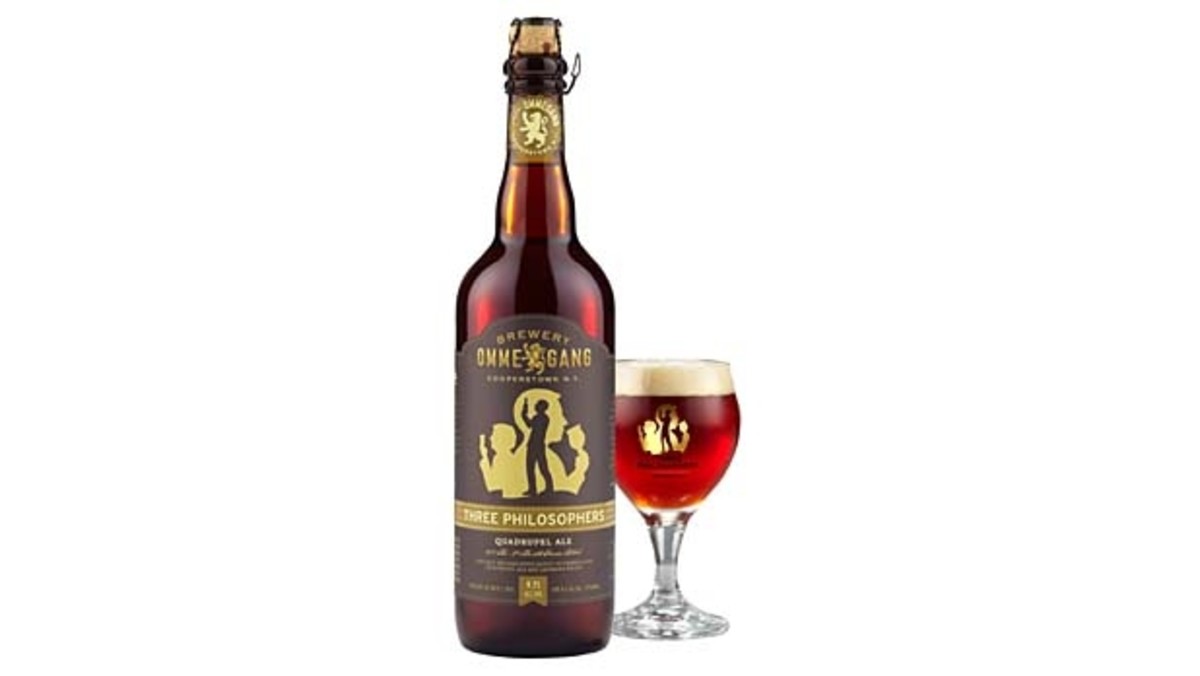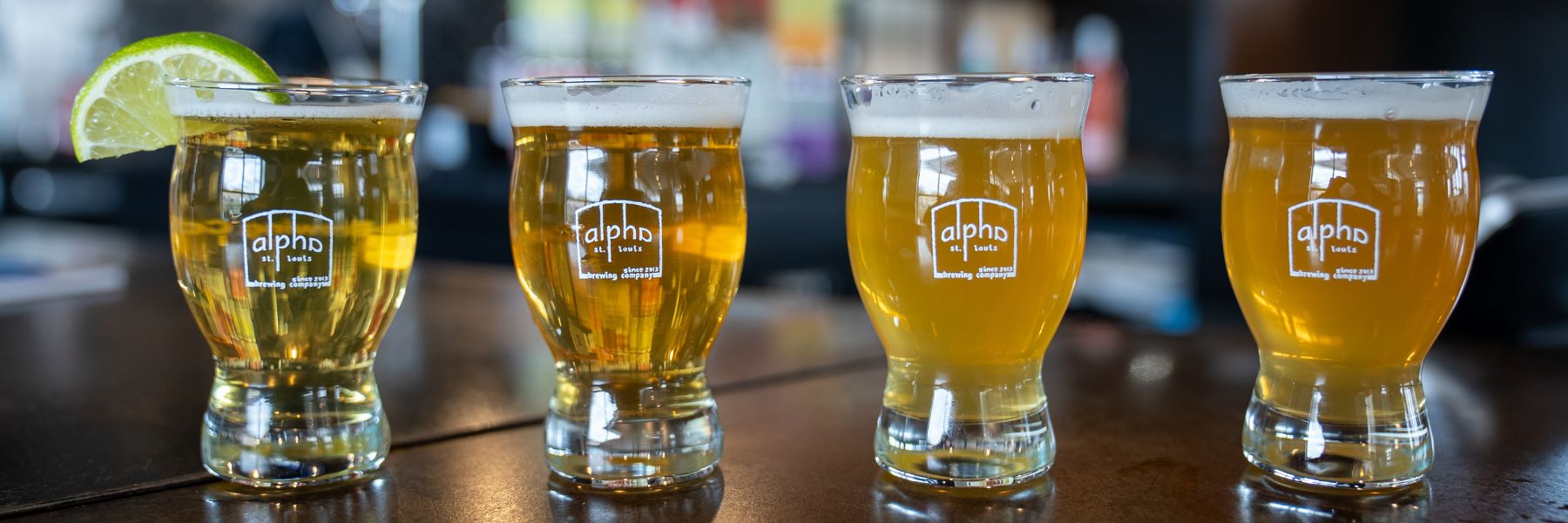Galveston Liquor: Your Overview to the Finest Spirits and More
From Mash to Bottle: The Intricacies of Craft Distillery Manufacturing Revealed
Craft distillery manufacturing is a thorough procedure that entails a series of elaborate steps to change raw ingredients right into a refined spirit prepared for consumption. From the first stages of mash preparation to the final touches of bottling and classifying, each stage of production plays a vital role fit the personality and top quality of the final product (Seawall Bar). As we decipher the complexities of craft distillery manufacturing, we will uncover the artistry and scientific research behind each step, losing light on the covert world that finishes in the production of a extraordinary and special spirit
The Art of Mash Prep Work
Mash prep work in craft distillery manufacturing is a meticulous procedure that lays the structure for the high quality and taste account of the final distilled spirits. The art of mash prep work involves integrating grains such as barley, corn, rye, or wheat with water and enzymes to transform the starches into fermentable sugars. This important action needs accuracy in the option of grains, water top quality, and enzyme activity to make certain optimal sugar removal throughout fermentation.
Craft distilleries take great treatment in sourcing high-quality grains as they directly impact the taste and personality of the spirits. The proportions of various grains used in the mash bill are also thoroughly determined to attain the wanted taste profile. Additionally, aspects such as water temperature level, pH degrees, and mixing techniques play a significant role in the mashing procedure.
As soon as the mash is prepared, it goes through fermentation, where yeast is added to convert sugars right into alcohol. The quality of the mash straight affects the efficiency of fermentation and inevitably, the overall top quality of the distilled spirits. Craft distilleries pride themselves on their attention to information during mash prep work, acknowledging its relevance in developing outstanding spirits.
Fermentation: Transforming Ingredients Into Alcohol
Exactly how do craft distilleries change meticulously prepared components into alcohol through the procedure of fermentation? Fermentation is an essential action in craft distillery manufacturing where yeast interacts with sugars to produce alcohol.

During fermentation, the temperature level and atmosphere are very closely checked to make certain optimal problems for yeast task. This procedure typically takes several days to a week, depending on the wanted alcohol material and flavor profile. As the yeast functions its magic, the fluid undergoes substantial chemical modifications, leading to the formation of alcohol.
When fermentation is full, the resulting fluid is understood as the laundry or beer. This alcoholic liquid functions as the structure for the subsequent purification procedure, where it will be transformed right into the last spirit with cautious workmanship and accuracy methods.
Purification Methods and Equipment
Using specialized devices and accurate strategies, craft distilleries utilize various distillation techniques to essence and refine the alcohol web content of the fermented wash, eventually shaping the personality and quality of the last spirit. Crossbreed stills incorporate elements of both pot and column stills, using distillers versatility in crafting a varied variety of spirits. Craft distillers frequently experiment with various tools setups and purification approaches to attain extraordinary and distinct spirits that show their imagination and knowledge.
Aging Process: From Barrel to Bottle
With the distilled spirits now prepared, the focus changes towards the essential stage of the aging process, where the change from barrel to bottle imbues the liquid with distinct flavors and qualities. Aging plays an essential role in the growth of the spirit, as it connects with the wood of the barrels. The option of barrel kind, whether oak, charred, or previously made use of for various other spirits, greatly influences the last taste profile. Throughout aging, the spirit undergoes an intricate collection of chemical reactions that boost its scent, color, and taste.

Bottling and Classifying: Last Touches
Upon conclusion of the aging procedure, the craft distillery very carefully proceeds with the careful jobs of bottling and labeling, including the last touches that will provide the spirit to customers. Bottling is a vital action that needs precision to make sure uniformity in each container. Craft distilleries commonly use automated bottling lines outfitted with equipment such as labelers, fillers, and cappers to streamline the procedure. These machines aid preserve performance while maintaining quality requirements.
Classifying is an additional important element of the bottling process. Distilleries pay close interest to identify style, ensuring it follows governing demands while also sharing the brand name's identification. Labels frequently consist of vital information like the spirit's name, alcohol content, and beginning. Additionally, some craft distilleries get more hand-label their bottles for a personalized touch, particularly for limited version launches.
Once the bottles find here are loaded, sealed, and identified, they undertake a final evaluation to ensure they meet the distillery's standards. This attention to information in the bottling and identifying procedure reflects the craft distillery's commitment to supplying a costs item to customers.

Verdict
Finally, the procedure of craft distillery production includes thorough actions such as mash preparation, fermentation, purification, aging, and bottling (Breweries in Galveston Texas). Each stage needs cautious attention to information and customized tools to make certain the final item meets high standards of high quality. From changing components right into alcohol to bottling and labeling the ended up product, craft distilleries showcase the art and science behind creating premium spirits for critical customers
Craft distillery production is a careful process that includes a collection of intricate actions to change raw active ingredients into a refined spirit prepared for usage.Mash preparation in craft distillery production is a thorough procedure that lays the structure for the top quality and flavor account of the final distilled spirits. Craft distilleries pride themselves on their interest to information during mash preparation, identifying its significance in creating outstanding spirits.
Upon completion of the aging procedure, the craft distillery meticulously continues with the precise jobs of bottling and labeling, including the last touches that will present the spirit to customers. From transforming ingredients right into alcohol to bottling and labeling the ended up product, craft distilleries display the art and scientific research behind here creating premium spirits for critical consumers.